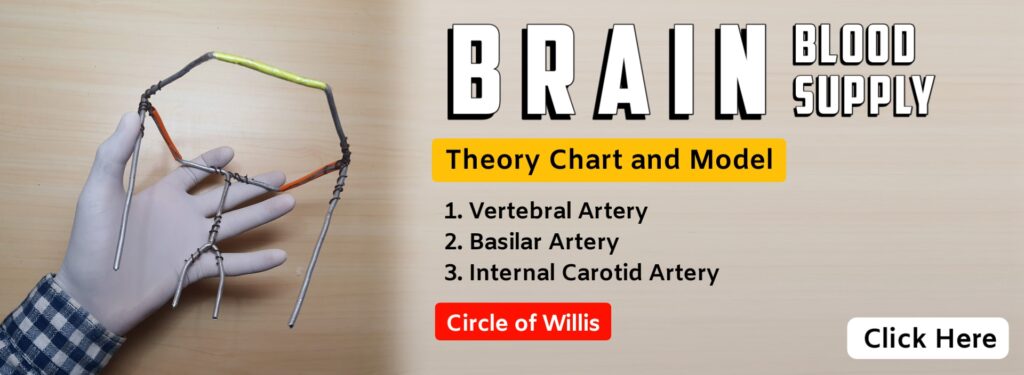Overview –
1. Subarachnoid space
2. Cause
3. Clinical features
4. Diagnosis
● Subarachnoid space – It is present between arachnoid and piamater.
● Circle of willis (COW) and CSF both are present in subarachnoid space (Inter peduncular cistern)
NOTE – Inter peduncular cistern is a subarachnoid space and it contain circle of willis.
● When bleeding is present in subarachnoid space it is called subarachnoid haemorrhage.
So in the case of subarachnoid haemorrhage blood mix with cerebrospinal fluid (CSF) and the color of CSF is changed.
NOTE – Xanthochromia (See diagnosis of SAH)
Cause –
1. Traumatic causs of SAH –
● Head injury
● Fracture of skull
2. Non traumatic causes of SAH –
● Aneurysm – Localized dialation of artery is called aneurysm.
Due to the spontaneous rupture of aneurysm causing subarachnoid haemorrhage.
Saccular aneurysm most common type of
● Arteriovenous malformation (AVM) –
As the clear by name it is the abnormal connection between artery and vein.
Clinical features –
1. Thunderclap headache – It is also called acute single episode of headache.
It reach maximum intensity with in minutes
2. Vomiting
3. Nausea
3. Seizure
Diagnosis –
1. Lumbar puncture – Due to bleeding in subarachnoid space, blood mixes with CSF. (For more detail see subarachnoid space which is given above in this blog)
Xanthochromia – Blood mixes with the CSF and the color of the CSF changes.
NOTE – Normal CSF is colorless clear fluid and in the case of subarachnoid haemorrhage CSF appears yellow.
2. CT scan – To see the blood collection, skull, tissue.
3. Non contrast computed tomography scan (NCCT scan)
3. Angiography – It is used to check blood vessels.
🔴 Now all TCML hand written notes and charts are available on TCML Mobile App (FREE for all users).
To download TCML Mobile App click on below pic.
🟣 Brain blood supply –
Vertebral artery, basilar artery, internal carotid artery, and circle of willis.





